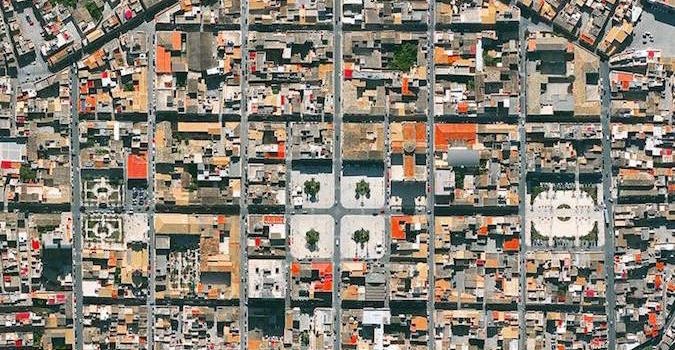Historical facts of Avola.
The older town of Avola used to lay on the Aquilone Mount
around 8 Km north west of the current site.
Completely destroyed by the earthquakes which devastated the Val di Noto,
was rebuilt in the 18th-century.
The new town of Avola arose inside the estate of the
Prince Nicolò Aragona Pignatelli, Duke of Terranova,
and therefore was a feudal town
(unlike Noto which was a state property directly dependat on the Crown)
where the prerogatives of the Lord of the town also included penal
and civil rights over all the inhabitants of his vast estate.
During the reconstruction of the new Avola,
Prince Pignatelli had the right to supervise personally
the work carried out by the jesuit architect Angelo Italia
(the same one who gave his contribution for Noto’s reconstruction)
with whom he realize a renaissance urban structure,
characterized by a hexagonal plan and a large central square with
the Palazzo Ducale,
his private residence (today seat of a bank) and the Cathedral.
This church dedicated to San Nicolò di Mira is characterized
by a powerful facade with a tower,
which dominates a large churchyard delimited by pilasters
holding statues of saints.
The historical center.
In the historical Avola center we can see ;
Chiesa di San Giovanni Battista which,
built in the first decades of the 18th-century on the current Piazza Trieste,
boasts inside important stuccos from neoclassical period;
the 18th-century Chiesa di Santa Venera,
dedicated to the patron saint of the town,
where the reliquary of the Saint are kept,
and on the main altar the “Martirio di Santa Venera“;
and the Chiesa della SS Annunziata or Badia
with the splendid baroque facade characterized by the contraposition
of concave and convex lines embellished by several
columns terminating in Ionic and Corinthian capitals.
Avola prospered in the 18th-century and flourished artistically
in the Liberty period.
Today it is a tourist town with around 30,000 inhabitants.

